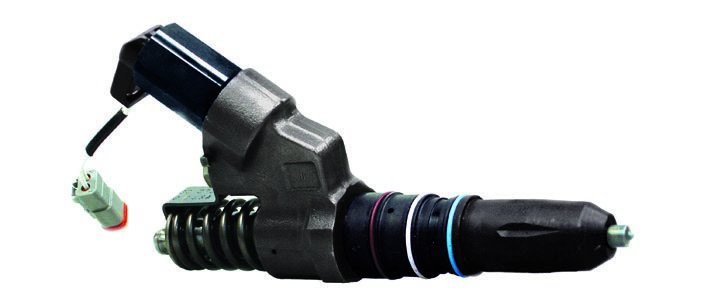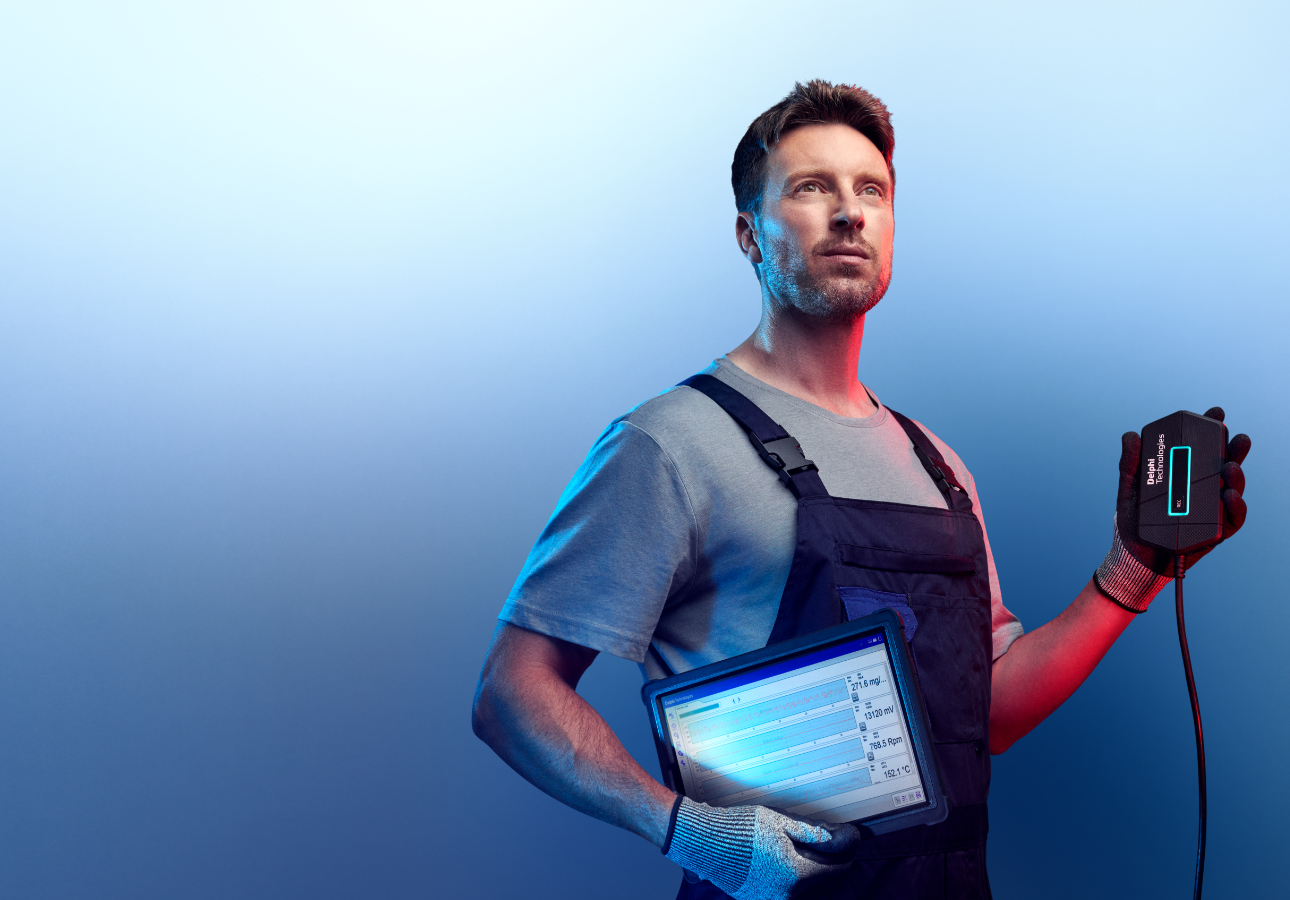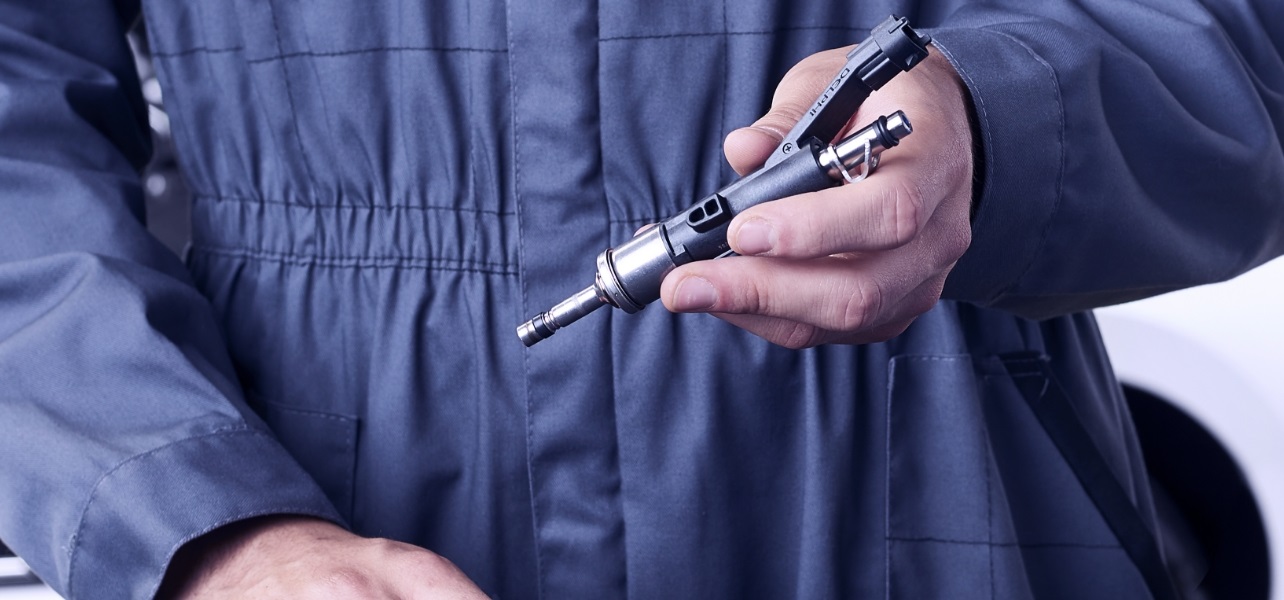Resource Highlights
In this article you will find out about everything you need to know in order to do a safe and thorough fuel tank cleaning.

Safety First | We always put safety first, so make sure you’re thorough and careful. Don’t forget to wear safety glasses and gloves. Give yourself room to work and have cleanup materials ready to clean any spills immediately. Work in a well-ventilated area away from an open flame or anything that could cause a spark or ignite fuel, such as pilot lights and incandescent light bulbs. Make sure you have a fire extinguisher on hand. Don’t smoke, either. Always relieve fuel pressure prior to opening fuel systems because releasing fuel under pressure can cause fire and injury. Store fuel in an approved container like a gas caddy or gas can. |
Start with a drained tank removed from the vehicle | You’ll need to start with a drained tank removed from the vehicle. Clean off any rust or road debris from the top of the tank before you remove the pump. This is to ensure that no additional dirt gets into the tank while you’re trying to clean it. You can use a shop vacuum or wipe the tank down with a damp, lint-free towel and then blow it dry with compressed air. Be sure to protect your eyes. |
Remove the fuel pump | Remove the fuel pump from the tank and then carefully pour out any remaining fuel and debris into your approved container. After that, you should swirl around the fuel tank in a circular motion. This helps you collect any fuel or other debris that’s still stuck inside. |
Clean the inside of the tank | The next step is to simply use dish soap and water to clean the inside of the tank, and pour it out when you’re done. Use another lint-free towel to wipe out the inside of the tank, and then you can use an air hose with compressed air to further dry out the tank. |
Visual Inspection | Once your tank is clean and dry, do a visual inspection. If there are any signs of rust or other damage inside the tank, you may need to replace the tank. You should also check inside the fuel module bucket for any signs of contamination there, just in case that’s where the real problem is. |
Let the fuel tank dry | Now let the tank sit for at least another thirty minutes to make sure it’s dry, and you’re done. Taking the time to properly clean the tank gives you the peace of mind that your repair is done right, and that old debris won’t damage any brand new parts that you may need to install. |
SIGN UP TO FIND MORE
Fill up your details to hear more from our experts and get the latest updates from Delphi.



